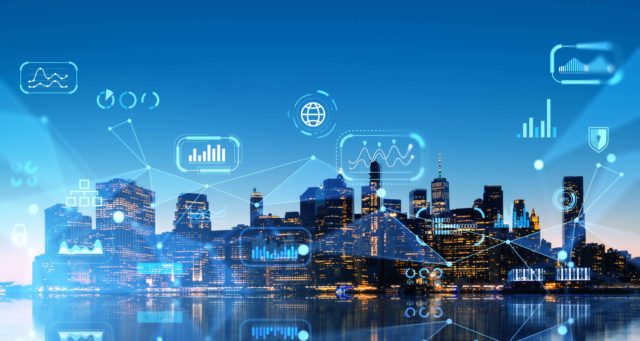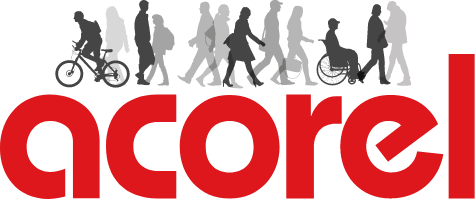Intelligent people flow management in public areas has become a priority for businesses and institutions aiming to optimize their operational efficiency while ensuring a seamless and secure experience for their visitors. Through the use of IoT and connected buildings, flow management solutions are evolving towards smarter and more adaptive approaches.
Smart People Flow Management in ERPs : Leveraging IoT and Connected Buildings for Efficiency
Enhanced Security and Risk Management:
Security is a critical aspect of any ERP, and smart people flow management can greatly contribute to its improvement. By using intelligent counting systems, administrators can monitor the number of people present in the building in real-time, thus avoiding potentially hazardous overcrowding in case of emergencies or evacuations.
Furthermore, IoT offers the possibility to integrate advanced detection systems such as facial recognition, connected badges, or intelligent surveillance cameras to quickly identify suspicious behaviors or risky situations.
Adaptability to Events and Needs:
ERPs regularly host special events with often temporary spikes in attendance. Smart people flow management enables quick adaptation to these changes. By analyzing real-time data, teams can reallocate resources, adjust opening hours, and take preventive measures to meet the specific requirements of upcoming events.

Through IoT, connected buildings can also optimize their energy consumption based on occupancy. For instance, air conditioning and lighting systems can be automatically adjusted according to the number of people present in the building, thus reducing energy costs and environmental footprint.
Operations Optimization:
One of the key benefits of smart people flow management in ERPs is operations optimization. With strategically placed smart sensors, it’s possible to monitor real-time foot traffic in various areas of the ERP, such as entrances, exits, queues, break rooms, meeting rooms, and more. This valuable data allows for a better understanding of attendance patterns and resource adjustments.
Real-time data analysis enables teams to anticipate spikes in foot traffic and plan human resource allocation more effectively. This results in more efficient workforce management, reduced visitor wait times, and an overall enhancement of the customer experience.

Enhanced Customer Experience:
Smart people flow management directly contributes to enhancing the customer experience within ERPs. By reducing wait times, avoiding overcrowding, and offering personalized routes, visitors feel more satisfied and are more motivated to return. ERPs can also leverage IoT to provide additional services such as interactive mobile applications that offer real-time information about events, promotions, and crowd schedules.
For more information click here
